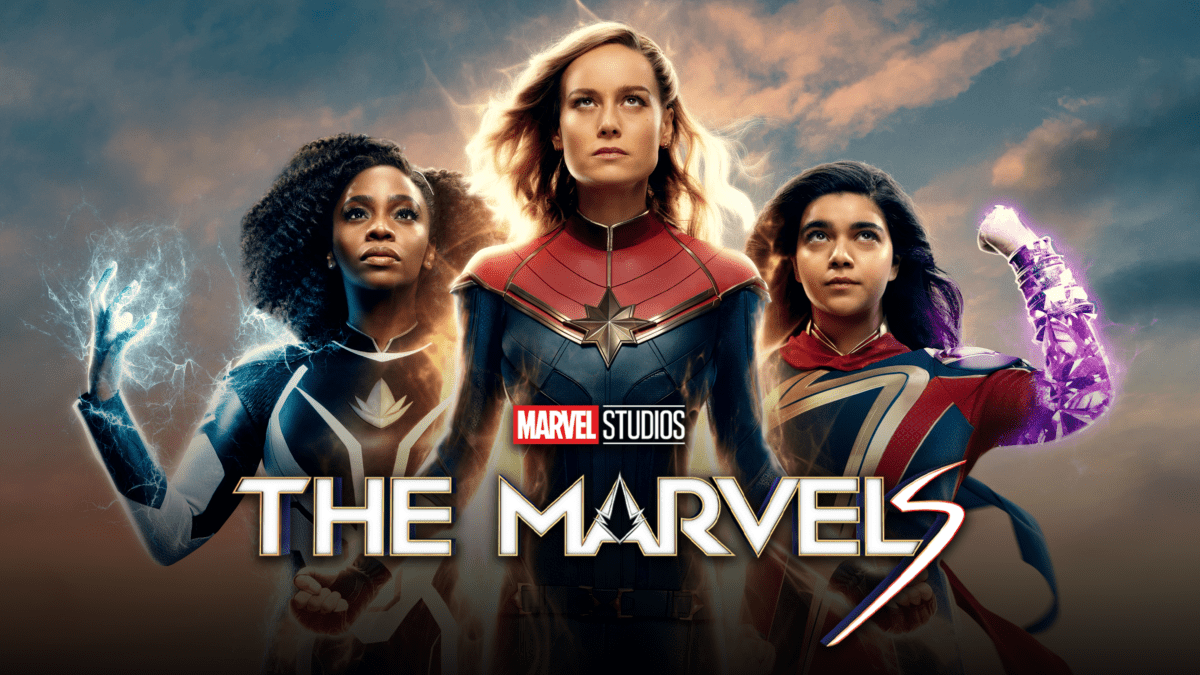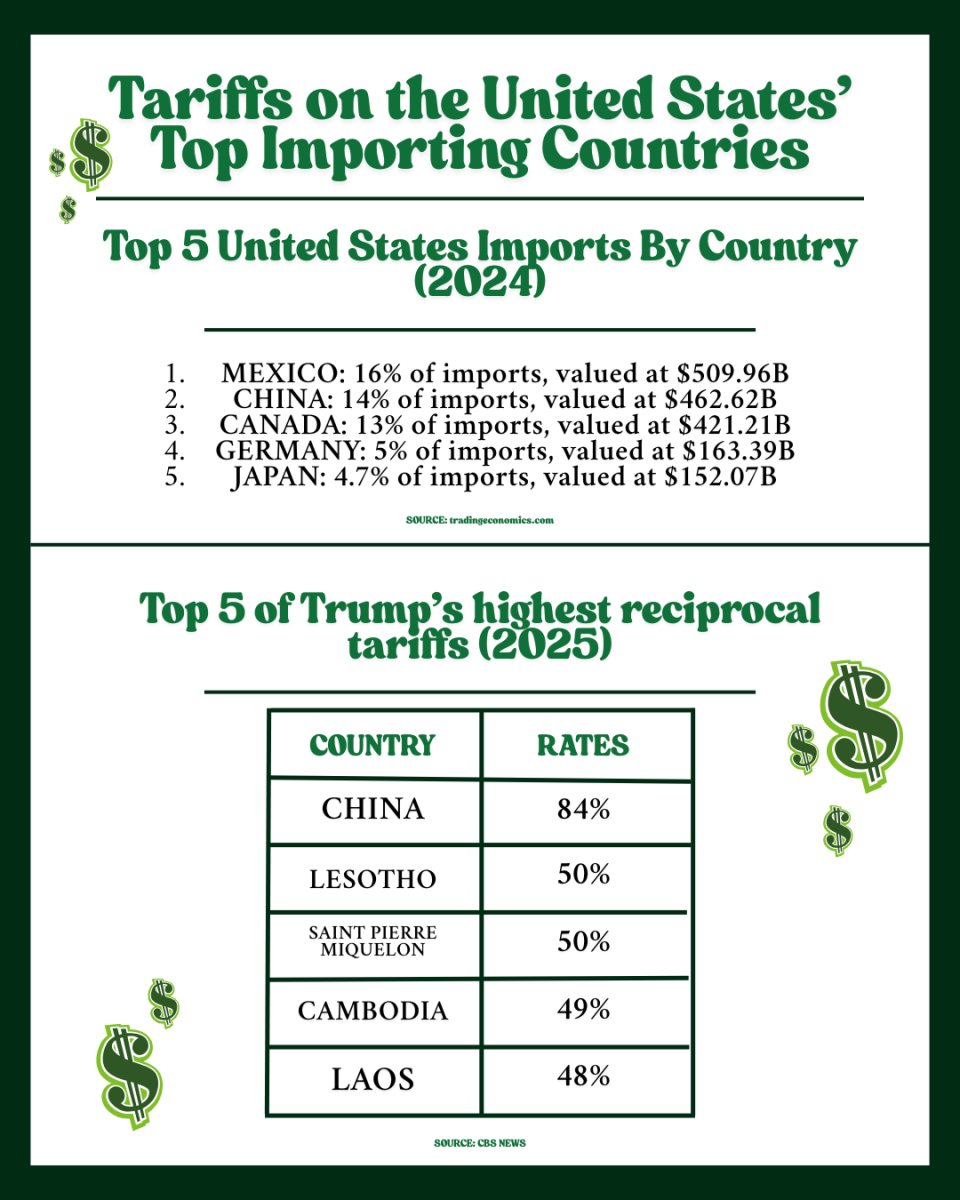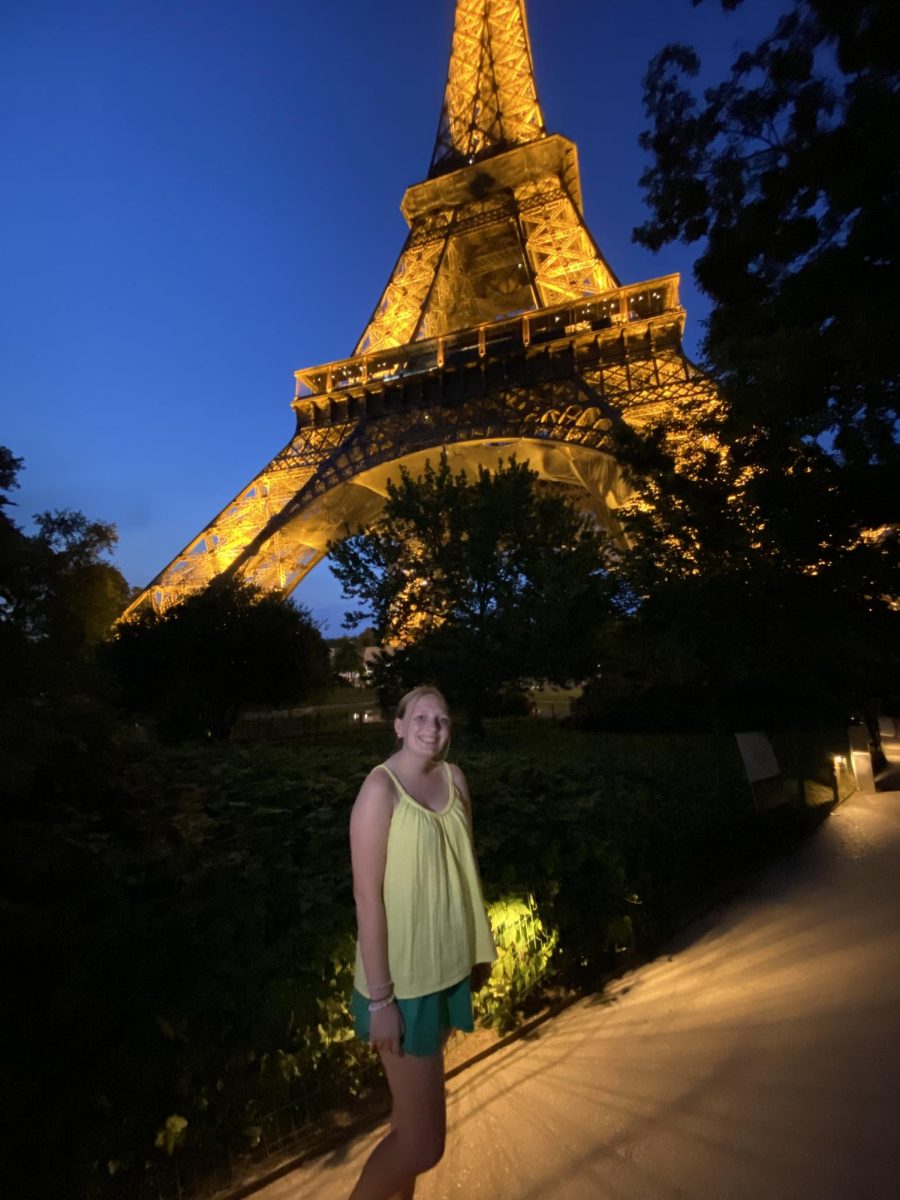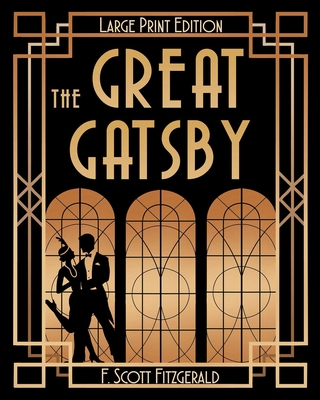Whether it is a break from a busy schedule, a simple way to meet up with friends, or an awkward first date, the movies are a staple of American culture. For over a century, films have captivated audiences of all ages, with silent film classics such as The Birth of a Nation dating all the way back to 1915. Over those decades, film culture has shifted form and focus, driven by an ever-expanding arsenal of techniques and technology.
Movies have historically become more impressive and more impactful with every passing generation, but the reign of action, drama and blockbuster hits could not last forever. In recent years, movies have felt dull and repetitive, showing to audiences plotlines and tropes played out since the New Hollywood movement of the 1970s.
The “Hollywood Heyday” era of the 1970s was partially defined by the 1975 blockbuster hit Jaws, which helped catapult Hollywood into a new era of film. One that explored violence, angst and the controversial. This new wave of hit films accompanied the boom of movie-making technology.
No Film School, a leading website focused on providing accessible filmmaking resources, discusses this phenomenon.
“The introduction of new filmmaking techniques, such as the use of handheld cameras, naturalistic lighting, and on-location shooting, added a sense of realism and authenticity to films,” Jason Hellerman said in a No Film School article. “Moreover, the development of new sound technologies, such as Dolby Stereo and Dolby Surround, revolutionized the way films were experienced in theaters, enhancing the overall cinematic experience.”
WIth movie technology ever-growing, a similar trend in cinematic quality would be expected to follow, and for a time it did. But huge studios, like Marvel and Disney, have been showcasing a notable decline in quality. These companies continue to put out big-budget movies, and quite a few do well, but the number of those films that flop is steadily increasing.
Historically big genres, like Superhero movies, have reached a peak and are now seeing a fall in popularity. Releases like Ant Man and the Wasp and The Marvels severely underperformed in box offices. And, combined with several Marvel studios streaming shows on Disney+, the constant flow of content, regardless of quality, has left viewers feeling bored.
The push for more and more content, especially following the pandemic years, has caused streaming services like Netflix to pump out mediocre movies at a lightning-fast rate. According to Britannica, Netflix has produced more than 3,600 original titles by the year 2023, just a decade after the company shifted focus to production of original content.
Millions of Americans are subscribed to services like this, and find themselves watching the same five plotlines play out in every “new” movie. Viewers are tired of cheap, mass-produced content, but as long as services make money off of these easy movies, they will continue to push them to the public.
In response to the disappointing lineup of formulaic releases, independent creators on services like YouTube have seen a surge in popularity. Notably, in January of 2024, the show Hazbin Hotel dropped on Prime Video. The series started as a YouTube show by content creator Vivziepop and was animated by freelance artists. The show gained so much popularity that Prime picked it up as a full eight-episode season release.
Independent creators have provided many with a breath of creativity that requires an element of risk that many film studios simply are not willing to take. Even without a hundred-person studio or expensive technology, the raw creativity of average people is more captivating to many than the tried and true movies released on the big screen.
But, saying that all movies are falling behind is a broad overstatement. Films like Spider-Man: Across the Spider-Verse, Puss and Boots: The Last Wish and Barbie all made waves upon release. The thing that all these films have in common is a distinct and creative style.
For years making movies as realistic as possible through CGI and other tools has been the thing strived for in animation and live-action, but that goal has been realized. Movies animated by Dreamworks and Pixar look stunning and Avatar: Way of Water was groundbreaking in its use of computer generation and motion tracking, and these movies perform well, but audiences have seen realistic movies.
Spider-Man: Across the Spider-Verse’s integration of unusual techniques, such as animating on three’s (One character pose every three frames,) and the addition of intentional mistakes give the movie a unique and refreshing feel. Similarly, Barbie leaned into the fantastical aesthetic of a world of dolls and carried a distinct style throughout its runtime. These films give audiences something new, a break from the monotony of big action and melodrama.
The world of film is ever-changing, technology will continue to develop and big companies will continue to push formulaic movies in an endless cash-grab, but what viewers crave is a pushback to creativity and impactful storytelling. Some companies are already on the right track, putting an emphasis back onto style and direction, but we need more boldness in the film industry. Directors cannot be afraid to take risks, pushing the boundaries of movies allowed Hollywood into its golden era, and simply imitating what made film great decades ago is no longer going to make the cut.








